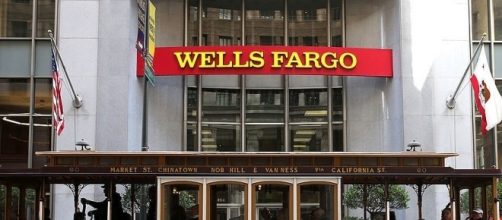wells fargo has agreed to settle and resolve claims in 11 pending class action lawsuits. The bank is complying to pay $110 million to customers linked to the fraudulent account scandal it fell into in 2016. The settlement is expected to resolve claims that the bank’s employees opened unauthorized accounts in customer’s names and forged their signatures. Many people have stopped working at the bank, including its Chief Executive and chief of retail banking.
Bank’s actions affected a lot of people
Two plaintiffs named in the lawsuit are Shahriar Jabbari and Kaylee Heffelfinger.
They claim that each of them had their own individual accounts with Wells Fargo. They later found out that the bank opened several more accounts under their names without their acknowledgment or consent.
The case revealed that Wells Fargo pressured its employees to meet sales quotas so the workers opened unauthorized accounts and forged signatures just to meet them. This lawsuit started in 2015 when the bank agreed to pay over $180 million in penalties for opening an estimated 2 million false accounts.
Brian Kennedy from Maryland was another person affected by the scandal. He was appalled when he found out that he had a checking account with Wells Fargo that he didn’t ask for. He said, “It really pissed me off.
They expect people to not be paying attention and hope you don’t notice.”
Millions of customers were not only unaware of having unauthorized accounts but also accrued fees that they knew nothing about. A dispute escalated during the ordeal over whether arbitration should be used to settle the claim instead of customers filing a lawsuit. The bank stated in regards to the matter that, “in order to move forward and avoid continued litigation, Wells Fargo agreed to this settlement notwithstanding the arbitration clause.”
The payout and its effects on Wells Fargo
The $110 million settlement was made between the bank, the U.S. Consumer Financial Protection Bureau and Los Angeles City Attorney Mike Feuer.
It has been an outrage to the nation and led to the resignation of Wells Fargo’s chief executive, John Stumpf.
The new chief executive, Tim Sloan, announced in January that Wells Fargo must do a lot of work to rebuild trust back with customers, stakeholders, and its employees.
The settlement payout covers everyone who claimed that the bank opened fake accounts in their name, applied for a product using their signature or enrolled them into a service of Wells Fargo without their consent. It will be on behalf of all customers between January 1, 2009, and ends whenever the settlement is initiated. The courts still must sign the agreement that was reached. They have noted that once an approval is done, a notice will be issued providing details on the process customer’s need to take to make claims.
The amount each customer will receive from the settlement remains uncertain. After attorney’s fees are paid, the remainder of the money will be used to pay back customers for their fees they accumulated from the account openings.
The bank has already paid $3.2 million to over 130,000 involved in the scandal. A spokesperson for Wells Fargo has said that customers who have already received a portion of those funds are also eligible to partake in the $110 million settlement.
The bank’s performances have taken a major hit since the scandal happened but its CEO remains hopeful. Tim Sloan gave a statement saying, “We want to ensure that each customer impacted by our sales practices issue has every opportunity for remediation, and this agreement presents an additional option.
We continue to encourage customers to contact us directly so that we can act quickly to refund fees and address any concerns.”
Brian Kleinhanzl, a KWB analyst, mentioned in a report that the settlement serves as a plus to shareholders but sales results for the bank have plummeted 55 percent.

